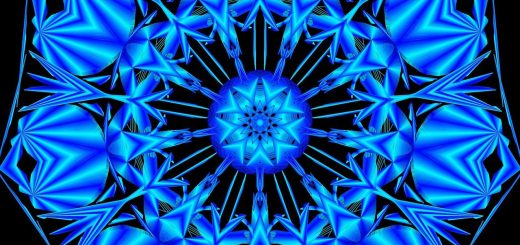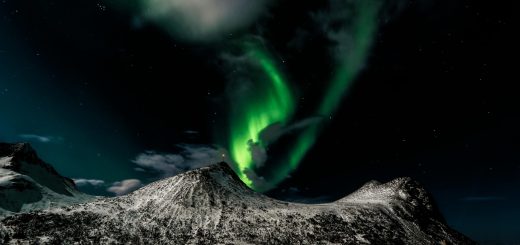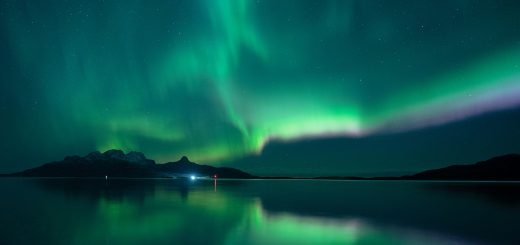What is the kundalini energy in the body
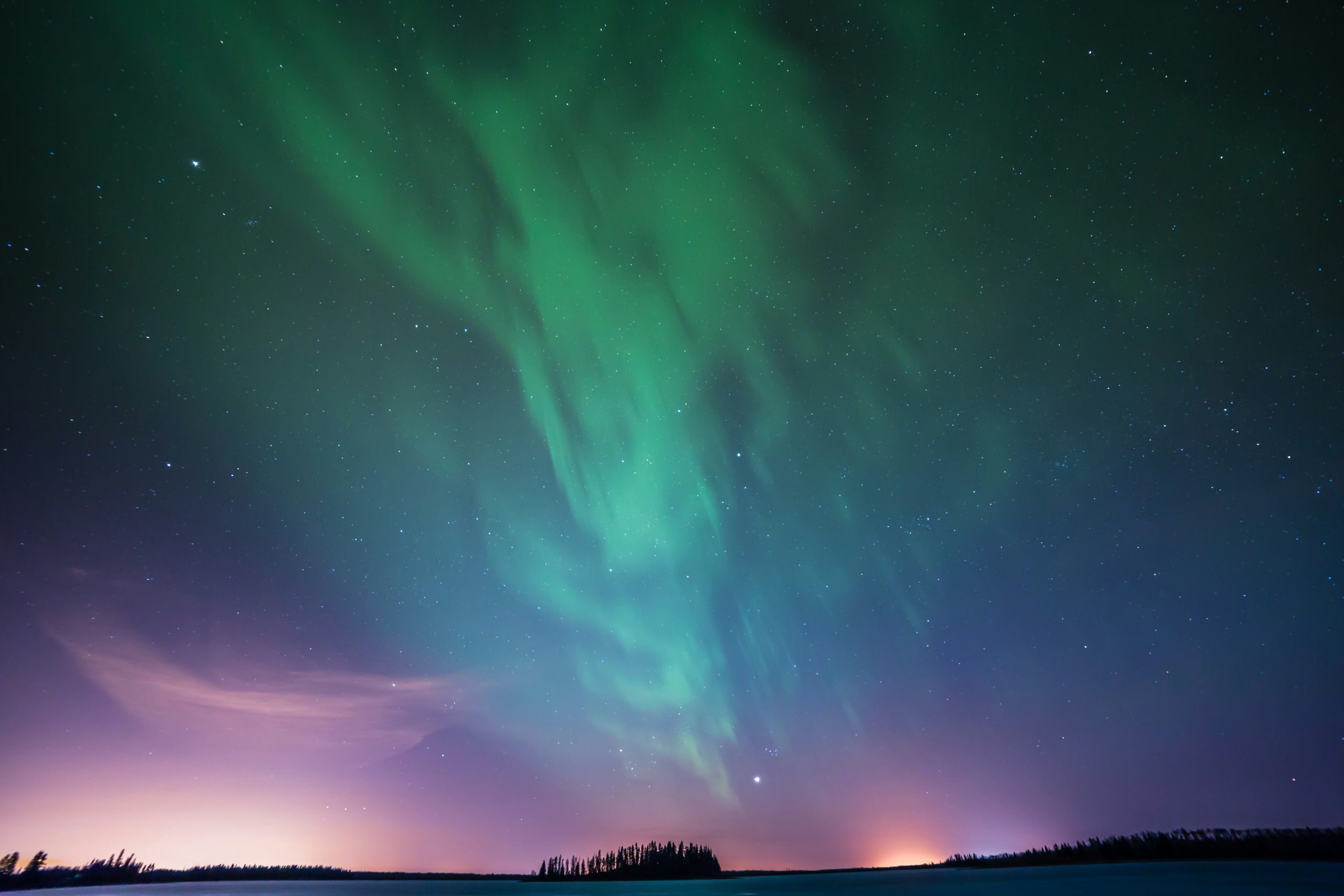
Before diving in, please note: This post is for informational purposes only. If you’d like to know more about how we approach topics, feel free to check out our friendly Disclaimer Page.
Hey there, amazing readers! 🖐️ Just a quick note: yes, we know there are a lot of ads here. Trust us, we get it—it’s not the prettiest look, but they help us keep this blog alive and kicking. Those pesky little ads cover the costs of all the behind-the-scenes magic, from hosting and tech stuff to creating content we hope you’ll love.
We’re committed to delivering quality posts, and your support (even just sticking around despite the ads) means everything to us. So, bear with us, and thanks for helping us keep the good vibes rolling. Now, on to the fun stuff! 😉
TRANSLATE BUTTON AT THE END OF THE ARTICLE
A Quick Overview
Kundalini energy is often described as a dormant force residing at the base of the spine, waiting to be awakened.
Imagine a coiled serpent, poised and ready to spring into action.
When activated, this energy can lead to profound spiritual experiences and transformative changes.
My journey into understanding this concept has been enlightening, and I’m excited to share what I’ve learned about this incredible energy.
Understanding Kundalini Energy: A Brief Introduction
Kundalini energy is a powerful, spiritual force that lies in potential at the base of the spine, often compared to a sleeping serpent.
This ancient concept originates from Hindu philosophy and is deeply embedded in yoga and meditation practices.
When awakened, this energy rises through the spine, moving through various energy centers known as chakras, leading to enhanced awareness and spiritual enlightenment.
The term "Kundalini" translates to "coiled one" in Sanskrit, which beautifully captures its essence.
People who experience this awakening often describe it as a surge of energy that can lead to moments of profound insight, creativity, and spiritual bliss.
Imagine suddenly having your mind opened to a universe of possibilities; that’s what many seekers aim for when exploring this energy.
The journey of awakening Kundalini can be a deeply personal experience.
While some may feel it immediately through meditation or yoga, others might need time and practice.
It is essential to approach this journey with patience and openness.
Remember, we are all on unique paths, and what works for one might differ for another.
The Origins of Kundalini in Ancient Spiritual Practices
Kundalini has its roots in the ancient texts of India, particularly the Upanishads and later the Yoga Sutras.
These texts describe various techniques to awaken this latent energy.
In many ways, the exploration of Kundalini is akin to embarking on an adventure through a spiritual landscape, where each step holds a lesson.
The concept of Kundalini also intertwines with the philosophy of yoga.
Yogic practices have long emphasized the importance of aligning body, mind, and spirit.
Kundalini yoga, in particular, specifically focuses on awakening this energy through a combination of postures, breath control, and meditation.
In addition to yoga, Kundalini has connections to other spiritual traditions, including Sufism and Tibetan Buddhism.
Each tradition offers its own interpretations and methods for awakening this energy.
This cross-cultural approach highlights the universal desire for spiritual growth and self-realization.
As I immerse myself in these ancient philosophies, I find a sense of connection to something greater.
There’s a shared human experience in the quest for spiritual understanding, and Kundalini serves as a bridge to explore that connectivity.
The Role of Chakras in Kundalini Awakening
Chakras are energy centers in the body that play a crucial role in the process of Kundalini awakening.
They are like gateways through which energy flows, and their activation is key to experiencing the full spectrum of Kundalini energy.
There are seven primary chakras, each corresponding to different aspects of our being:
Root Chakra (Muladhara): Located at the base of the spine, it governs our survival instincts and sense of security.
Sacral Chakra (Svadhisthana): Positioned in the lower abdomen, it relates to creativity and emotional connection.
Solar Plexus Chakra (Manipura): Found in the upper abdomen, it is associated with personal power and self-esteem.
Master your Energy and Awaken Your Spirit – start your journey here.
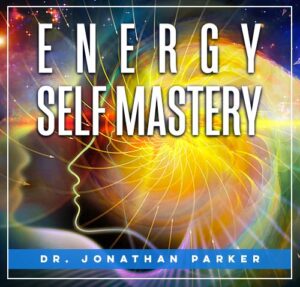
Heart Chakra (Anahata): Located in the chest, it embodies love, compassion, and connection.
Throat Chakra (Vishuddha): Situated in the throat, it governs communication and self-expression.
Third Eye Chakra (Ajna): Positioned between the eyebrows, it is linked to intuition and perception.
Crown Chakra (Sahasrara): Found at the top of the head, it connects us to higher consciousness and spiritual awareness.
When Kundalini energy is awakened, it typically rises through these chakras, activating each one in turn.
This journey can lead to a heightened awareness of oneself and the world.
As I reflect on my own experiences, I notice how specific chakras resonate during different phases of my life, revealing insights and lessons I need for personal growth.
How Kundalini Energy Resides in the Body
Kundalini energy is believed to reside primarily in the sacrum, often visualized as a coiled serpent.
This energy remains dormant until stirred through various practices, such as meditation or yoga.
When I first learned about this, I was intrigued by the idea that we all carry this powerful force within us, waiting to be tapped into.
The energy flows through the central channel, called the Sushumna, which runs along the spine.
Think of the Sushumna as a highway for spiritual energy, allowing for the movement and transformation of vital life force.
Alongside this highway are the chakras, acting as rest stops where energy can gather and be utilized for growth.
When energies flow freely, we experience balance and well-being.
However, blockages can occur due to emotional trauma, stress, or negative thought patterns.
These blockages can prevent the Kundalini from rising smoothly.
This is why many practitioners emphasize the importance of clearing these pathways before embarking on the journey of awakening.
As I continue this exploration, I realize the significance of being in tune with my body and emotions.
Understanding where energy flows or gets stuck can guide me to deeper insights into my personal experiences.
Signs and Symptoms of Kundalini Awakening
The awakening of Kundalini can manifest in various ways, and recognizing these signs helps to navigate this transformative journey.
Common signs may include:
Physical sensations: Tingling, warmth, or a feeling of energy surging through the spine.
Emotional surges: Intense feelings of joy, sorrow, or anger that can surface unexpectedly.
Heightened intuition: A stronger sense of knowing or an increase in psychic experiences.
Visual phenomena: Seeing lights, colors, or patterns during meditation.
Altered states of consciousness: Moments of transcendence or deep inner peace.
Shifts in perception: A change in how you relate to and understand the world around you.
Creative bursts: An increased flow of creative ideas and inspiration.
Physical changes: Changes in appetite, sleep patterns, or overall energy levels.
Connection to others: A sense of oneness or a deep connection with other people and the universe.
Spiritual insights: Profound realizations about life, purpose, and existence.
During my own journey, I have experienced some of these symptoms, particularly profound emotional shifts and bursts of creativity.
While these moments can feel exciting, they can also be overwhelming.
It’s essential to embrace the process and allow it to unfold naturally.
The Benefits of Activating Kundalini Energy
Activating Kundalini energy can lead to numerous benefits that extend beyond the spiritual realm.
Enhanced self-awareness: A deeper understanding of oneself and one’s purpose.
Emotional healing: Release of repressed emotions and trauma, leading to emotional freedom.
Increased creativity: Tapping into creative potential and inspiration.
Improved mental clarity: Greater focus, concentration, and decision-making abilities.
Physical vitality: Boosted energy levels and overall health and well-being.
Deepened spiritual connection: A stronger bond with oneself, others, and the universe.
Stress reduction: Greater ability to manage stress and anxiety through mindfulness.
Enhanced intuition: Increased sensitivity to intuitive guidance and inner wisdom.
Richer life experiences: A deeper appreciation for everyday moments and relationships.
Transformation of life patterns: Breaking free from habitual cycles and embracing change.
As I reflect on these benefits, it becomes clear that the journey of awakening isn’t just about achieving some grand spiritual goal.
It’s about enriching our everyday lives.
When we allow this energy to flow and transform us, we cultivate a vibrant existence filled with purpose and joy.
Meditation Techniques for Kundalini Awakening
Meditation is a powerful practice for awakening Kundalini energy.
Here are some techniques that can help:
Master your Energy and Awaken Your Spirit – start your journey here.
Breath control (Pranayama): Techniques like alternate nostril breathing can help clear energy pathways.
Focused intention: Set clear intentions for your meditation practice, inviting the energy to rise.
Mantra chanting: Repeating specific sounds or phrases can resonate with Kundalini energy.
Guided visualization: Imagine the energy rising through each chakra, activating them one by one.
Mindfulness meditation: Cultivate awareness of present sensations, allowing energy to flow naturally.
Movement meditation: Incorporating gentle yoga poses can help release tension and facilitate energy movement.
Sound healing: Using singing bowls or tuning forks can create vibrations that support energy flow.
Nature immersion: Meditating in nature can enhance connection with the earth and promote grounding.
Journaling: Reflect on your experiences and insights after meditation sessions.
Group meditation: Practicing with others can amplify energy and foster collective healing.
I’ve found that experimenting with different techniques keeps my practice fresh and exciting.
What resonates for one person may vary for another, so finding what works best for you is key.
Kundalini Yoga: A Path to Harnessing Energy
Kundalini Yoga is a specific practice designed to awaken this energy safely and effectively.
It combines physical postures, breathing techniques, and meditation to facilitate the rise of Kundalini.
Here are some essential components of Kundalini Yoga:
Kriyas: These are sets of exercises specifically designed to achieve a particular goal, such as energy activation or emotional release.
Mudras: Hand gestures that help channel energy during practice.
Bandhas: Body locks that assist in controlling energy flow and maintaining focus.
Chanting: Vocalizing mantras can enhance the practice and raise vibration levels.
Meditation: Incorporating meditation into sessions to deepen the spiritual experience.
My introduction to Kundalini Yoga was a game-changer.
The combination of movement, breath, and meditation created a holistic experience that felt nourishing and empowering.
Each session left me feeling rejuvenated and more in tune with my inner self.
Common Myths About Kundalini Energy Debunked
With the growing interest in Kundalini, several misconceptions have emerged.
Let’s clear the air around some of these myths:
Myth: Kundalini awakening is always dramatic.
Reality: While some may experience intense sensations, for many, the awakening process can be subtle and gradual.Myth: Only advanced practitioners can awaken Kundalini.
Reality: Anyone can engage with Kundalini energy.The key is approach it with patience and openness.
Myth: Kundalini awakening is dangerous.
Reality: Awakening can lead to challenges, but with proper guidance and practices, it can be a safe and enriching experience.Myth: You must practice Kundalini Yoga to awaken Kundalini.
Reality: Various practices, including meditation and other forms of yoga, can facilitate the awakening.Myth: Kundalini is solely a spiritual pursuit.
Reality: Awakening this energy can lead to physical, emotional, and mental benefits too.
As I explored these myths, it became evident that many were rooted in misunderstanding or fear.
My journey has taught me to embrace the process with curiosity rather than apprehension.
The Spiritual Journey: What to Expect with Kundalini
Embarking on the journey of Kundalini awakening can be quite transformative.
Here’s what you can expect:
Personal growth: A deepening understanding of oneself, accompanied by a willingness to change.
Shifts in relationships: Heightened awareness of how you connect with others, fostering more profound connections.
Moments of bliss: Experience moments of joy and peace that feel transcendent.
Increased resilience: A growing ability to navigate life’s challenges with grace and ease.
Ongoing learning: A commitment to continually seek knowledge, wisdom, and understanding.
Some days will feel light and full of energy, while others may bring up old patterns or emotions to process.
I learned to take each experience with gratitude, recognizing that every step is part of a larger journey.
Safety Precautions When Awakening Kundalini Energy
While the journey of awakening Kundalini can be incredibly rewarding, it’s crucial to approach it with mindfulness.
Here are some safety precautions:
Consult a teacher: Working with an experienced teacher can provide guidance and support.
Listen to your body: Pay attention to what feels comfortable and safe for you.
Practice grounding techniques: Incorporate mindfulness practices to stay anchored during intense experiences.
Avoid force: Do not rush the process; allow energy to rise naturally.
Seek community: Connecting with others on a similar journey can provide encouragement and shared learning.
I can’t stress enough how valuable it has been to find a supportive community.
Having others who understand the ups and downs of this journey can be immensely comforting.
Embracing Your Inner Power: A Conclusion on Kundalini
Kundalini energy represents a powerful force within us, waiting to be awakened.
My exploration of this energy has opened doors to self-discovery, creativity, and spiritual growth.
It’s a journey filled with both challenges and rewards, but one that can lead to profound transformation.
By understanding the origins, components, and practices associated with Kundalini, each of us can embrace our inner power.
Whether through meditation, yoga, or simply being open to the process, we can tap into this unique force.
Remember, the journey is personal and unfolds in its own time.
Trust the process and enjoy every step along the way.

The Enlightenment Journey is a remarkable collection of writings authored by a distinguished group of experts in the fields of spirituality, new age, and esoteric knowledge.
This anthology features a diverse assembly of well-experienced authors who bring their profound insights and credible perspectives to the forefront.
Each contributor possesses a wealth of knowledge and wisdom, making them authorities in their respective domains.
Together, they offer readers a transformative journey into the realms of spiritual growth, self-discovery, and esoteric enlightenment.
The Enlightenment Journey is a testament to the collective expertise of these luminaries, providing readers with a rich tapestry of ideas and information to illuminate their spiritual path.
Our Diverse Expertise 🌟
While our primary focus is on spirituality and esotericism, we are equally passionate about exploring a wide range of other topics and niches 🌍📚. Our experienced team is dedicated to delivering high-quality, informative content across various subjects ✨.
To ensure we provide the most accurate and valuable insights, we collaborate with trusted experts in their respective domains 🧑🏫👩🏫. This allows us to offer well-rounded perspectives and knowledge to our readers.
Our blog originally focused on spirituality and metaphysics, but we’ve since expanded to cover a wide range of niches. Don’t worry—we continue to publish a lot of articles on spirituality! Frequently visit our blog to explore our diverse content and stay tuned for more insightful reads.



